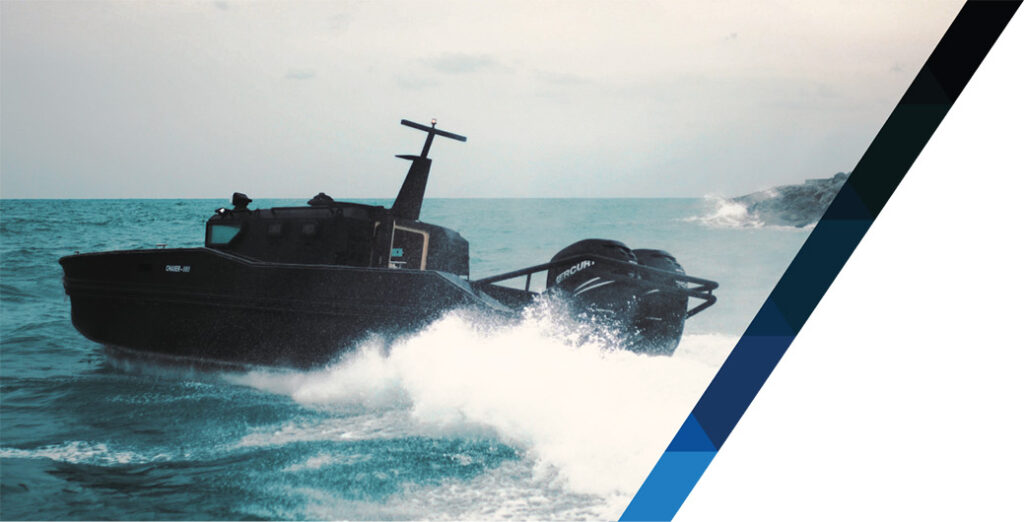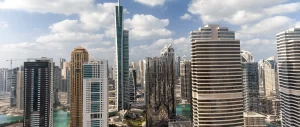Top Features Of Coast Guard Boats

Coast guard boats serve critical maritime duties, encompassing search and rescue missions, law enforcement activities, border patrol, environmental protection, and military defense tasks. To execute these varied responsibilities proficiently, these vessels boast distinctive design elements tailored to meet demanding marine environments and mission specificity. We shall examine herewith some salient features characterizing a coast guard boat UAE.
Robust construction:
Coast guard boats are engineered for durability using rugged materials designed to withstand harsh sea conditions. Hulls typically comprise aluminum alloys, steel, or composite materials offering superior strength-to-weight ratios ideal for high-speed maneuverability and structural integrity. Similarly, superstructures incorporate erosion-resistant coatings, reinforced decks, and shock-mitigating seats enhancing crew safety and longevity.
Advanced propulsion systems:
Powerful engines propel coast guard boats, enabling swift response times and extended operational ranges. Diesel or gasoline internal combustion engines remain commonplace, although hybrid or electric configurations gain traction owing to reduced emissions and enhanced efficiency. Furthermore, sophisticated waterjet or surface drive systems facilitate precise control during low-speed maneuvers and rapid acceleration when required, proving advantageous in challenging circumstances.
Integrated navigation & communication equipment:
Modern coast guard boats feature state-of-the-art navigation suites integrating GPS plotters, radar arrays, depth sounders, echo sounders, AIS transponders, and chart displays. Real-time data streaming empowers operators with accurate positional awareness, weather updates, and traffic alerts, augmenting decision-making capabilities. Meanwhile, encrypted communication networks permit secure information exchange among fleet units, ground stations, and air assets, streamlining coordination efforts.
Specialized onboard systems:
Depending upon intended applications, coast guard boats may house dedicated equipment catering to particular objectives. For instance, self-righting capabilities restore vessel orientation following capsize, while fast-rescue craft prioritize deck layout flexibility optimized for quick personnel embarkation/disembarkation. Pollution control skimmers, boom reels, and dispersant spray systems aid oil spill containment efforts, whereas fire monitors combat maritime fires threatening life and property.
Modular design approach:
To accommodate fluctuating operational demands, modular designs allow easy customization of coast guard boats. Swappable modules integrate smoothly with existing platforms, transforming vessel functionalities according to evolving mission profiles. Examples include command centers outfitted with tactical consoles, portable laboratories for scientific analysis, or cargo holds repurposed for medical triage facilities.
Crew safety constitutes a priority aboard coast guard boats, warranting stringent protective measures. Fire suppression systems safeguard against catastrophic blazes, complemented by automated emergency power shutoffs and bilge pump activation. Ballistic protection panels shield occupants from small arms fire, while night vision devices enhance visibility during nocturnal operations.




